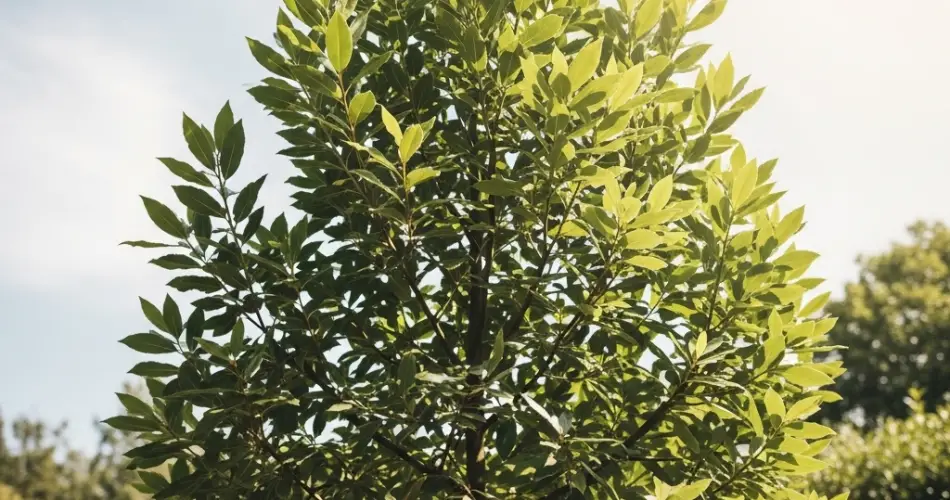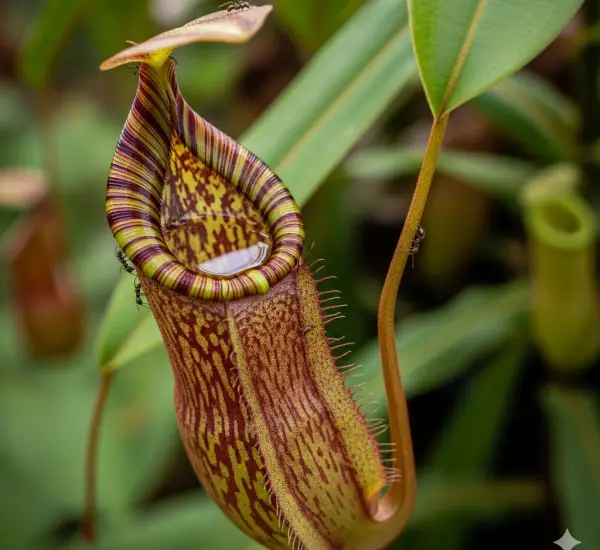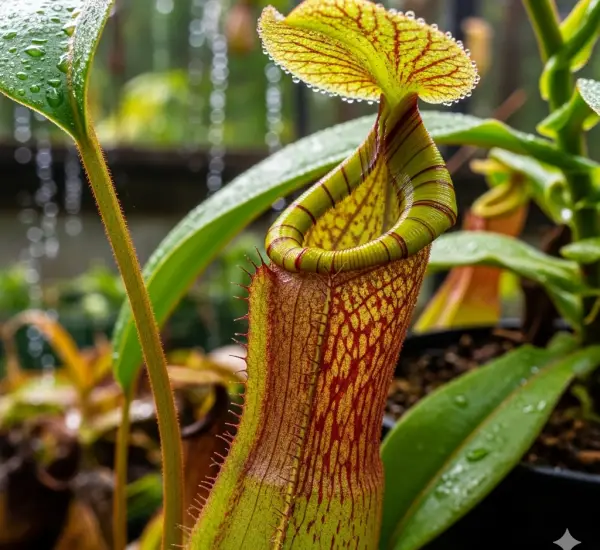Bay leaf trees (Laurus nobilis), also known as sweet bay or bay laurel, are aromatic evergreens prized for their flavorful leaves used in cooking. Native to the Mediterranean, these trees thrive in warm, mild climates, but with the right care, they can also grow successfully in colder regions. Whether planted in containers or grown indoors, bay trees can adapt well to cool climates if protected from frost and freezing temperatures.
This guide covers how to care for bay trees in cold climates, from winter protection strategies to proper watering and pruning methods that help your plant stay healthy all year long.
Understanding the Bay Laurel’s Needs
Bay laurel is a slow-growing, broadleaf evergreen that prefers full sun, well-draining soil, and relatively dry air. In its native environment, the plant enjoys temperatures that rarely dip below 30°F (-1°C). In USDA zones 8 through 10, it can live outdoors year-round. However, in colder climates (zones 4 to 7), extra care is needed to overwinter the plant and prevent cold damage.
Grow in Containers for Flexibility
One of the best strategies for cold climate gardeners is to grow bay laurel in pots. This allows you to move the plant indoors or into a sheltered area during the winter months.
Container Tips:
-
Use a large, heavy pot with drainage holes to prevent root rot.
-
Choose a well-draining soil mix, such as a blend for citrus or cactus plants, which mimics the dry Mediterranean soil.
-
Elevate the pot slightly to ensure excess water can drain freely, especially if placed on patios or balconies.
When and How to Bring It Indoors
If outdoor temperatures are expected to drop below 32°F (0°C), bring your bay tree inside or provide protection. Cold exposure can cause leaf drop or even kill the plant.
Transition Gradually:
About 2 weeks before the first frost, begin moving your bay laurel indoors for a few hours daily to help it adjust to indoor conditions. Sudden changes in light and humidity can shock the plant.
Indoor Light Requirements:
Place the tree near a south- or west-facing window where it can get 4 to 6 hours of bright, indirect sunlight. If natural light is limited during the winter, supplement with a grow light.
Humidity Control:
Bay trees prefer moderate humidity. Indoor air can become very dry in winter due to heating systems. Place a tray of water near the plant or use a humidifier to maintain air moisture.
Watering and Feeding in Winter
Bay trees require less water during the winter, as their growth slows down in cooler temperatures and lower light.
-
Water sparingly, allowing the top inch of soil to dry out before watering again.
-
Avoid waterlogged roots by ensuring pots have proper drainage.
-
Stop fertilizing in late fall and resume only in early spring when new growth appears.
Overwatering during the winter is a common mistake and can lead to root rot, especially when the plant is not actively growing.
Pruning and Maintenance
Pruning helps shape the bay tree and encourages bushier growth. It also improves air circulation and keeps pests at bay.
-
Prune in late winter or early spring, before new growth starts.
-
Use clean, sharp pruning shears to cut just above leaf nodes.
-
Remove any dead, damaged, or crossing branches.
Bay laurels can be trained into topiary shapes or kept compact with regular trimming, which is especially helpful if you’re growing them indoors.
Dealing with Pests and Issues
When grown indoors, bay trees can be prone to pests like spider mites, scale, and aphids, especially if air circulation is poor.
-
Inspect leaves regularly, especially the undersides.
-
Wipe pests off with a damp cloth or spray with insecticidal soap or neem oil.
-
Increase humidity and improve airflow to reduce the risk of infestations.
Leaf browning or curling can result from dry indoor air, underwatering, or overexposure to direct heat sources like radiators.
Reintroducing Outdoors in Spring
Once the danger of frost has passed, you can move your bay tree back outdoors. Gradually acclimate it by placing it in a sheltered location for a few hours a day, increasing exposure to sun and wind over a week or two. This hardening-off process prevents shock from sudden environmental changes.
Conclusion
Bay leaf trees can be grown successfully in cold climates with proper care and attention. Container gardening offers flexibility for overwintering, while mindful watering, pruning, and pest control ensure a healthy plant indoors. With the right setup, your bay laurel can thrive year after year—offering a steady supply of aromatic leaves for your cooking and a beautiful evergreen accent to your home or garden.



